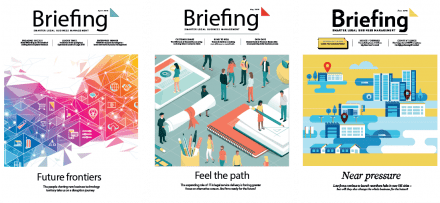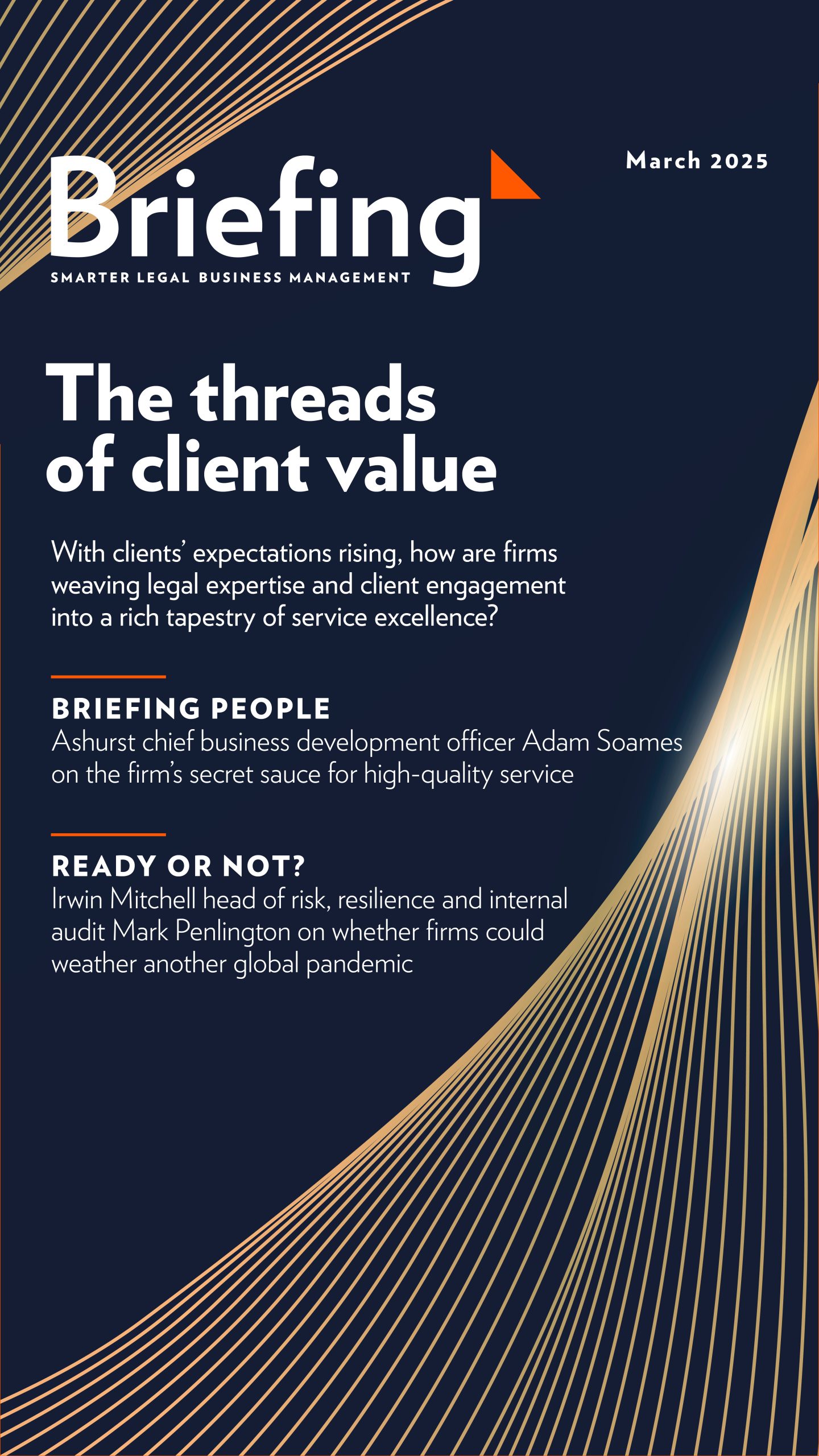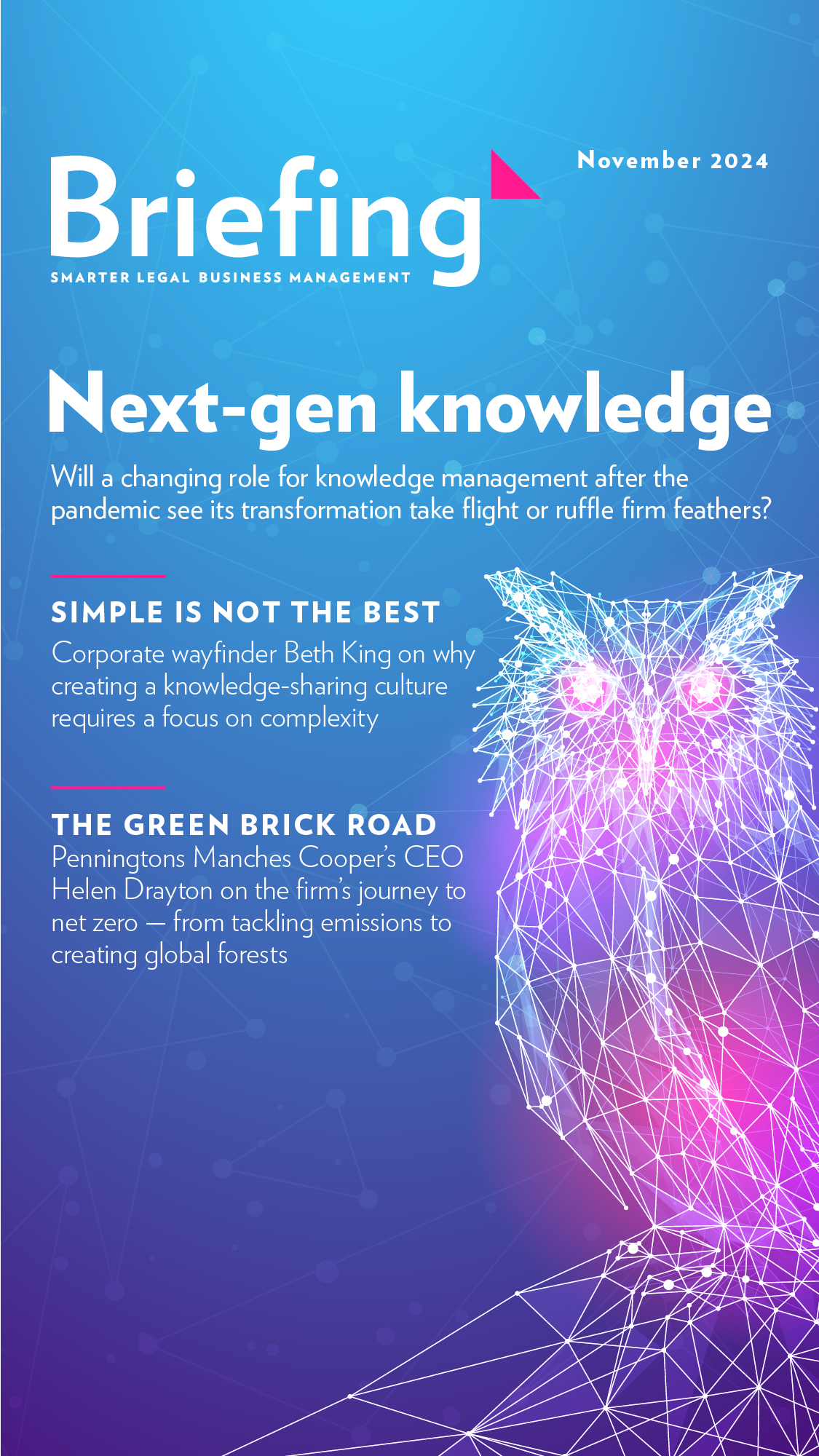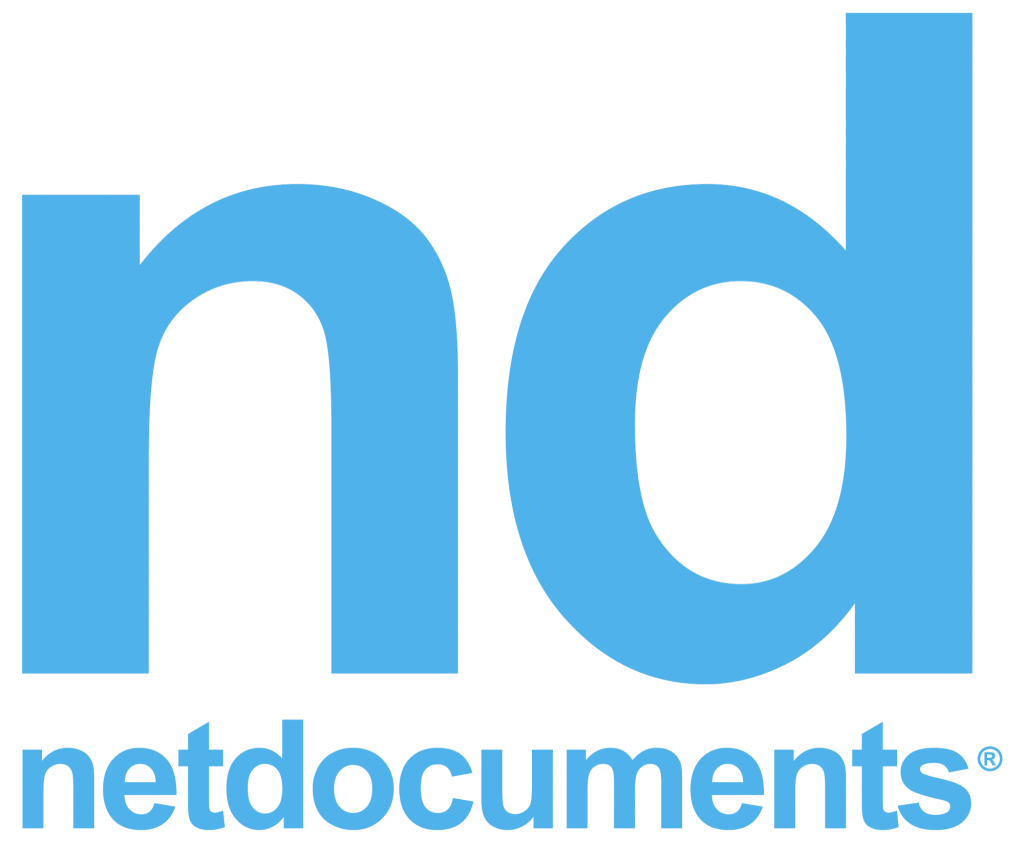Briefing webcast: building blocks of business intelligence
Gareth Powell|Group data officer, Irwin Mitchell
CJ Anderson|Director, Iron Carrot
Suzanna Hayek|Deputy editor, Briefing
Last year’s Briefing Frontiers research into the intersection of technology choices and business strategy at the UK’s top law firms found only three-fifths of leaders confident they had a “business-wide data strategy” in place — 14% did not even know for sure.
In the coming weeks we’ll see whether there’s been any movement in these numbers for 2024 — but in the meantime Briefing recently spoke to some data governance specialists about specifics of the state of play at their respective firms.
One key theme to emerge from the conversation was getting the buy-in of different groups in order to help them see the benefits for themselves. Cheryl Ashman at White & Case says her business intelligence group has become the “torch bearers” for helping the firm as a whole to understand different data dependencies — and ultimately that you’re all in together.
“Law firms are keepers of secrets,” she explains. Client and people data is rightly carefully guarded because of what’s often severe risk if it escapes — but this can mean the default is to see it as a barrier that’s best avoided. Firms need to lead people to engage with data as a field of great opportunity as well.
Ashman recommends an agile project approach to build communities of common interest fast, establish trust at the same time, and “work closely with end users to ensure it’s clear how developments help to meet their needs”.
The firm has also implemented a new tool in part to support this effort, raising “data literacy levels” across the organisation with more transparency about how it’s structured, and helping people to understand how future technology changes and transformation will have an impact.
Gareth Powell, group data officer at Irwin Mitchell, says his firm set out a new three-year vision in 2023 — with the ultimate mission of making it easier for people to provide better client service through easier-to-access, trusted information.
He too points to understanding the impact of introducing new technology into the mix, as well as integrating or retiring older systems and processes. Measurement is important — painting a picture of the firm’s relative data maturity — and the firm has put a ‘Net Promoter Score’ internal feedback system in place. “Ultimately you need a vision and buy-in to it,” says Powell.
CJ Anderson at data governance specialists Iron Carrot says: “Too many firms still try to manage their data in silos. IT may have a good idea of the systems in play, but don’t necessarily have the overall insight into the business rationales.”
She also recommends that law firms try to break free from some traditional hierarchies when mapping out projects and progress here — for example, identifying the best subject matter experts with knowledge of pain-points on the ground. These might not be the most senior people you could possibly approach.
Specific wins these future-focused firms have already enjoyed — on what are inevitably “journeys” up the maturity scale — include dashboards that empower people with more focused or personalised displays and automating aspects of certain processes like collection.
Artificial intelligence is another interesting opportunity to grasp — reliant on good data governance if firms want reliable outcomes that can lead to new process, but also potentially giving the disciplines and dependencies involved more internal airtime to build a more promisingly broad-based platform for change.
Anderson concludes: “People who were less than supportive — perhaps seeing data more as an area of admin than strategy — are definitely more onboard with the mission.”
You can also watch this conversation in its entirety on the Briefing channel on Youtube.
A dynamic knowledge sharing culture isn’t a nice-to-have – it’s essential
The degree of focus law firms give to knowledge management (KM) has ebbed and flowed over the decades, but there is a steady recognition that our knowledge assets are a source of improvement, learning, efficiency and differentiation. KM cannot be ‘done’ to people – it has to be factored into the daily work of lawyers and positioned along the matter lifecycle. Setting and presenting knowledge in context enriches otherwise static content and makes our knowledge assets most valuable and reusable.
At White & Case, we are deliberate about our messaging around the importance of driving ‘knowledge for impact’ as it relates to our strategy, our people and our clients, capitalising on existing programmes such as new partner programmes, practice group meetings and trainee inductions. This approach goes far beyond just telling people about knowledge but also demonstrates how it fits into the organisational strategy.
To maximise benefit from the work and expertise that has gone before, it’s useful to see knowledge as part of an ecosystem leveraging synergies between people, processes and technology. For all new joiners, it should be par for the course to explain which knowledge resources exist and how they can access them. Explain the importance of converting tacit to explicit knowledge and the part, in practice, that lawyers must play. Build up an active knowledge onboarding programme and support tailored knowledge drives from the ground up, including lawyers from different practice groups, client teams and industry groups. To ensure consistency of approach, consider a cross-functional working group to oversee and help steer the activities of these workstreams.
“Partners also need to understand how critical their role is for promoting the benefits of knowledge – leading by example in terms of knowhow contributions, codifying their experience and identifying ‘gaps’ in the ecosystem.”
Partners also need to understand how critical their role is for promoting the benefits of knowledge – leading by example in terms of knowhow contributions, codifying their experience and identifying ‘gaps’ in the ecosystem. For trainees and associates, ask the partners to explain to them how they can benefit from knowledge resources, improve their expertise and be more efficient in completing their tasks – and explicitly ask them to share their knowledge.
Debriefs with key members of a matter team at completion are also extremely valuable for harvesting important knowhow, precedents and learning in context (including known knowledge types and new entrants), and are critical to feeding the ecosystem. Asking the lawyer for “any useful information” … “before they know, or after they care” (to quote a friend) has often proved to be futile! Try to be targeted and timely, and then promote and demonstrate the benefits of active participation in the ecosystem at group meetings, training sessions and in response to questions from clients in pitches and proposals – remembering to highlight both the client demand for, and the positive impact on the client experience of, a rich knowledge ecosystem against a backdrop of billable targets and pressing demands on time.
For business services, identify where their input is required and how knowledge can help in pitching or in effective client and matter management. The growing recognition, importance and practice of deploying multidisciplinary teams to support client work is also driving the need for dynamic collaboration among knowledge, legal project management, marketing and practice technology professionals promoting and supporting the creation of knowledge and other assets for reference, use and adoption by lawyers.
It’s critical for law firms’ success to carefully, deliberately and regularly communicate to their people the value of a dynamic knowledge ecosystem and the human inputs needed to support it – future ways of working and differentiation depend on it.
PLAN: virtual roundtable WITH NETDOCUMENTS
Mike Creffield, business manager – EMEA|NetDocuments
VIRTUAL EVENT PARTNER
The next in our series of webcasts with our friends at NetDocuments, under the banner of Work Inspired is PLAN. Briefing’s deputy editor Kayli Olson and Mike Creffield, business manager – EMEA at NetDocuments, were joined by leaders in top-tier UK law firms to discuss how firms are delivering wide strategic value. Specifically, we looked at how firms can harness the power of collaboration, innovation and technology to better coordinate teams and improve service delivery.
The biggest takeaway – how can you make your services as easy to use as possible for your clients? When looking at client portals, those in attendance agreed that they need to be more than just a client onboarding tool. It’s easier for a client just to email you the information rather than log onto a portal to do that. To truly leverage the benefits of a client portal it must also update the client about their matter(s) in real time, making it easier to track the progress of their work instead of rely on fee earners to send an update.
Not only did we discuss about the client experience and collaboration thereof, but the importance of having robust but flexible communications internally. Innovation is still thriving despite impact from the pandemic – watch now to hear more about how law firms, and those in the wider professional services space, are maintaining momentum.
Big thank you to those who joined us for this discussion: Ahmad Yamak, senior legal project manager, White & Case; Alicia Hardy, director of professional support, White & Case; Jane Challoner, head of tech innovation, CMS; Jeff Westcott, director of service management and strategy, Akin Gump; Kylie Grant, director, Time Peace Advisors; Laura Hofmann, chief legal tech officer, Clarius Legal; Richard Tomlinson, consultant (ex-BCLP), Kaaspi; Sophie Wakenell, global head of operational projects and change, Clyde & Co; Simon Ferres, CIO for legal, Deutsche Bank AG; Warrick McLean, chief executive officer, Coleman Greig.
Watch now! And keep an eye out for the next in the Work Inspired series.
Webinar time: 1 hour. Take a look at the YouTube page for specific timestamps, so you can find content more easily.









